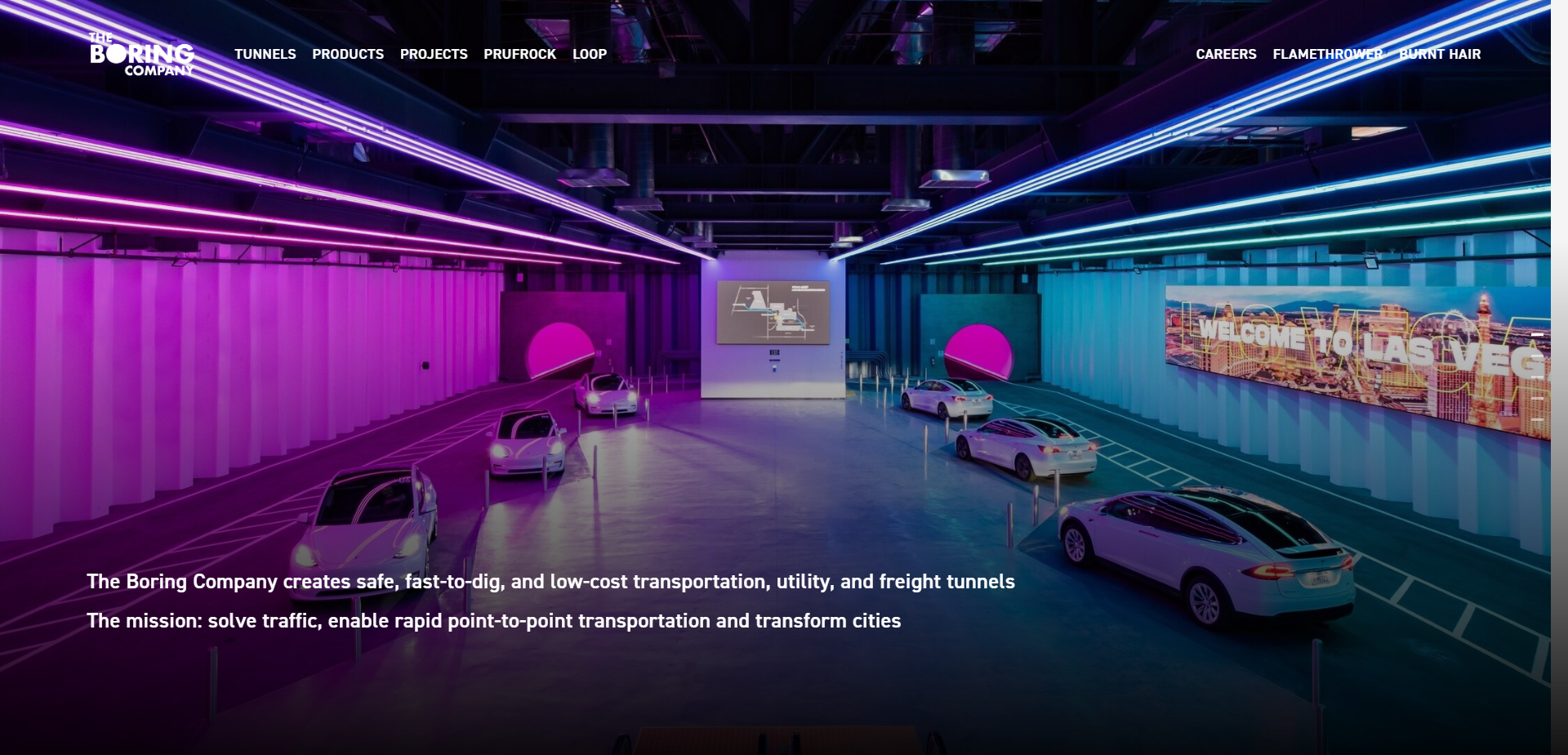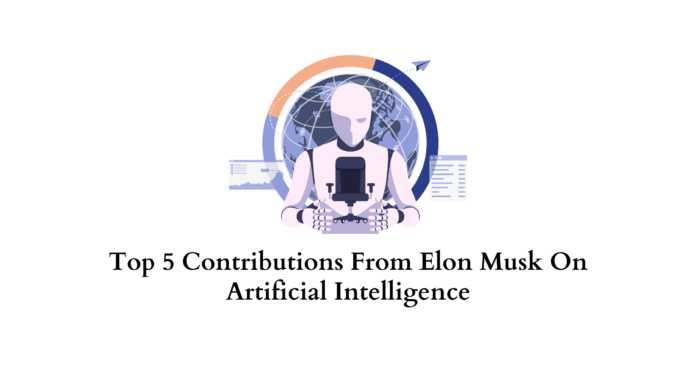Have you been following the amazing advancements in Artificial Intelligence (AI) in recent times? Whether you’ve been following or not, you’re in for a treat. The well-known businessman and entrepreneur behind SpaceX and Tesla, Elon Musk, is responsible for some of the most exciting innovations.
One of the greatest visionaries of our time, Elon Musk has been developing revolutionary AI technologies that have the potential to completely change the way we live.
Elon Musk is transforming transportation and other fields with innovations like fully autonomous self-driving electric cars and advanced computer chips. Because of Elon Musk’s brilliance, we are living in the AI era. Now let us take a look at a few of his amazing inventions!
Neuralink’s Brain Chip Implants


Have you heard of brain-computer interfaces developed by Neuralink? In order to create brain-machine interfaces with extremely high bandwidth for connecting people and computers, Elon Musk launched Neuralink. Their mission is to empower paralyzed individuals to operate robotic limbs and computers with their minds!
Neuralink produces little, flexible threads that a surgical robot may implant into the brain. Electrodes in these threads are capable of detecting the electrical impulses generated by firing neurons.
It is possible to decode and interpret the data from several neurons into motor commands by implanting dozens or even hundreds of these threads into the brain.
This is an interesting new technology that has the potential to completely change the way we interact with computers and significantly enhance the lives of those who are physically disabled. Imagine being able to move again and using nothing but your mind to browse the internet, chat, or even walk. The options are endless!
Neuralink has already implanted its threads in monkeys, although in the early stages, and has seen positive results. They intend to shortly begin human testing. In the ensuing decades, these brain-computer interfaces could become generally accessible if they are shown to be safe, secure, and efficient.
Tesla’s Self-Driving Vehicle AI


Elon Musk is not one to play around when it comes to developing AI. At Tesla, one of his most ambitious initiatives is to create completely autonomous cars.
Have you seen the widely shared footage of Tesla owners sleeping while operating their vehicles on a highway? That’s Tesla’s semi-autonomous driving assistance system, known as Autopilot. The fact that Tesla wants to be able to grow itself to the point where you can get in your Tesla, enter your destination, and enjoy the journey without ever touching the steering wheel is very ambitious.
By steadily enhancing Autopilot and releasing over-the-air software upgrades to expand capability, Tesla is adopting a progressive approach (i.e., your Tesla can update itself while you sleep without having to take it to a Tesla garage).
According to Tesla, self-driving cars would significantly lower the number of on-road accidents and improve accessibility and safety for all users.
Tesla automobiles are already capable of autonomous lane changes, self-parking, and GPS navigation with the use of sophisticated neural net processing, radar, and ultrasonic sensors.
Imagine a future where everyone can move about swiftly and there are fewer road accidents, regardless of age, skill, or disability. With Tesla’s self-driving vehicles, this is possible!
SpaceX Reusable Rockets Powered by AI


Elon Musk is advancing AI and space exploration, and his business SpaceX is excitingly combining the two. SpaceX is creating AI-powered, reusable rockets that are capable of self-landing.
The first rocket in history to be able to carry payloads into space and return them undamaged to the Earth is SpaceX’s Falcon 9. SpaceX is able to reduce the cost of space travel due to the rockets’ use of AI guidance systems to direct themselves back to landing pads on Earth.
The first-stage boosters ignite their engines and reverse course to start a controlled descent to Earth following stage separation (when the rocket breaks into different stages). As the boosters descend back into the atmosphere, the fins on them aid in steering and stabilizing the rockets. After that, the boosters restart their engines in order to descend more slowly and land softly on landing pads.
In order to precisely direct the booster to its landing spot, the AI continuously analyzes the rocket’s actual position and speed with its planned flight path. It then modifies the steering fins and engine thrust in real time. AI-powered reusable rockets mark a significant advancement in the accessibility, affordability, and frequency of space travel.
Elon Musk and the SpaceX engineering team have been pushing boundaries in rocket science and achieving what seems impossible.
The Boring Company’s Autonomous Tunnels


One of Musk’s more bizarre side ventures, The Boring Company, is building a system of subterranean tunnels for high-speed rail called the Hyperloop. Passengers can be transported by Autonomous Electric Vehicles (AEVs) at up to 600 miles per hour (Currently the highest speed reached during tests is 288 miles per hour).
These subterranean routes would offer a viable, faster alternative to the current transit system. The tunnels’ spacious layout allows for easy travel with plenty of headroom.
Musk wants to create a massive subterranean network, making sure that most long-distance trips in Los Angeles could be done in less than half an hour with just a few tubes. A 1.14-mile test tunnel and loop in Hawthorne, California have already been constructed by The Boring Company and have a test site in Las Vegas where they conduct human trials. Such revolutionary developments have the potential to completely change major city transportation.
Reducing tunneling costs is essential to realizing this futuristic goal. Musk claims that by utilizing an electric boring machine and reducing the width of the tunnels to just 12 feet, the business may save expenses while keeping efficiency intact.
Although they are still a long way from being fully realized, Musk’s creative and imaginative approach to problem-solving is best demonstrated by the autonomous tunnels built by the Boring Company.
OpenAI’s GPT-3 Language Model


The GPT-3 language model from OpenAI is among the best AI systems yet developed. GPT-3 was created by OpenAI, an AI research and development company that Elon Musk co-founded (Currently he does not own any shares in the company). It can produce well-written paragraphs and even entire essays on any subject.
GPT-3 is a neural network that is trained using vast quantities of text data and data sets (178 billion parameters). It can generate multiple pages of fresh content in response to a prompt, which is as simple as a line or two.
GPT-3 shows how machine learning and neural networks may be used to grasp language at a level comparable to that of a human. GPT-3 is also trained to ensure that AI systems behave ethically and avoid potential downsides like generating misleading, toxic, or biased content.
GPT-3 has the potential to fundamentally alter how individuals and organizations obtain data and automate processes.
Conclusion
So there you have it, five amazing AI innovations from Elon Musk. His businesses are redefining the future and stretching the limits of what is possible.
As you’ve seen, Neuralink is expanding the human brain, Tesla Autopilot is transforming transportation, The Boring Company is building very fast transit, OpenAI is redefining artificial general intelligence, and SpaceX’s rockets will soon be able to take people to Mars.
We have a promising, interesting, and bright future because of visionary people like Elon Musk. His teams are putting in endless effort to turn science fiction into reality and improve everyone’s future.
We hope this post has given you insight into the exciting AI advancements from Elon Musk!











